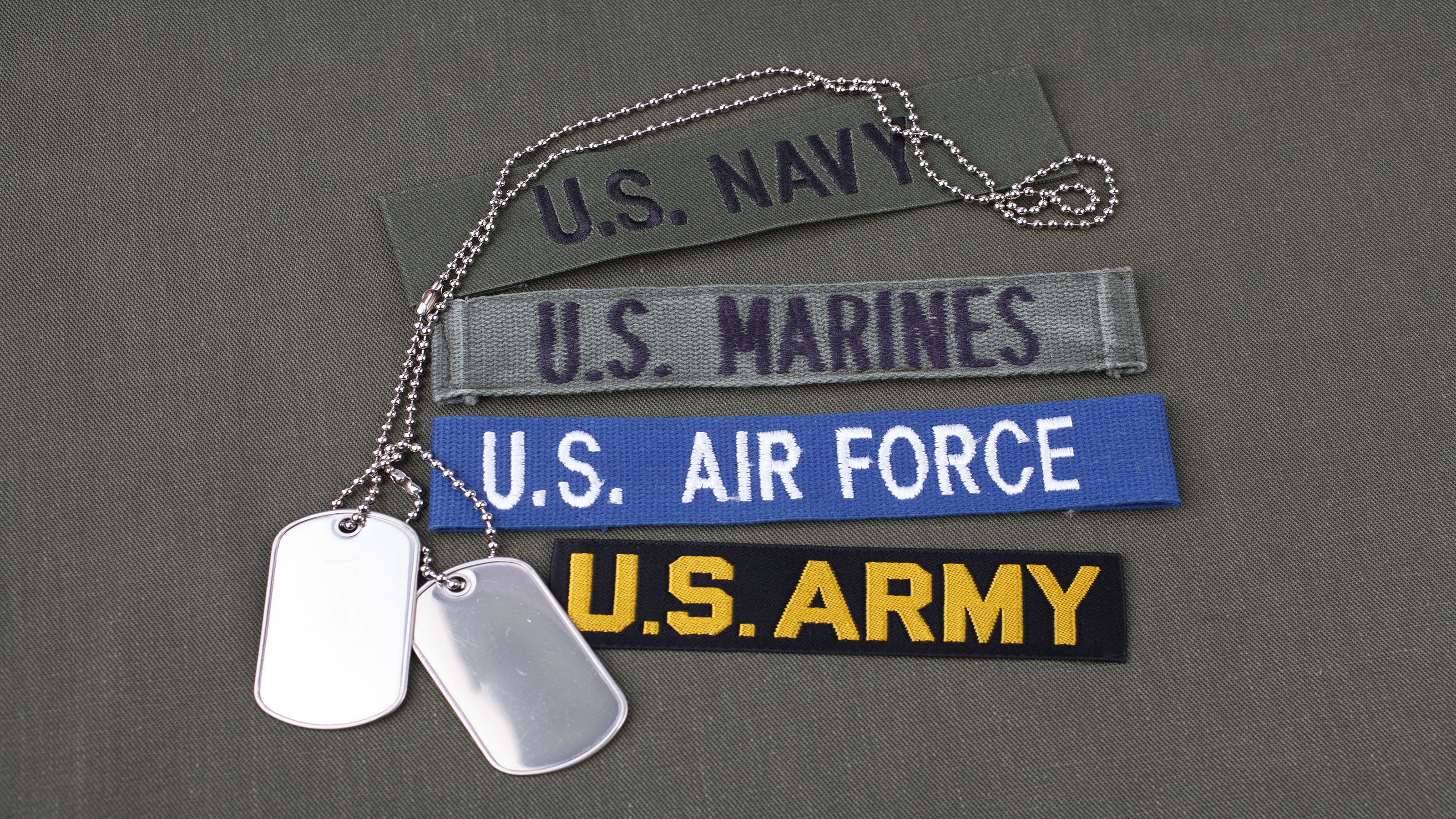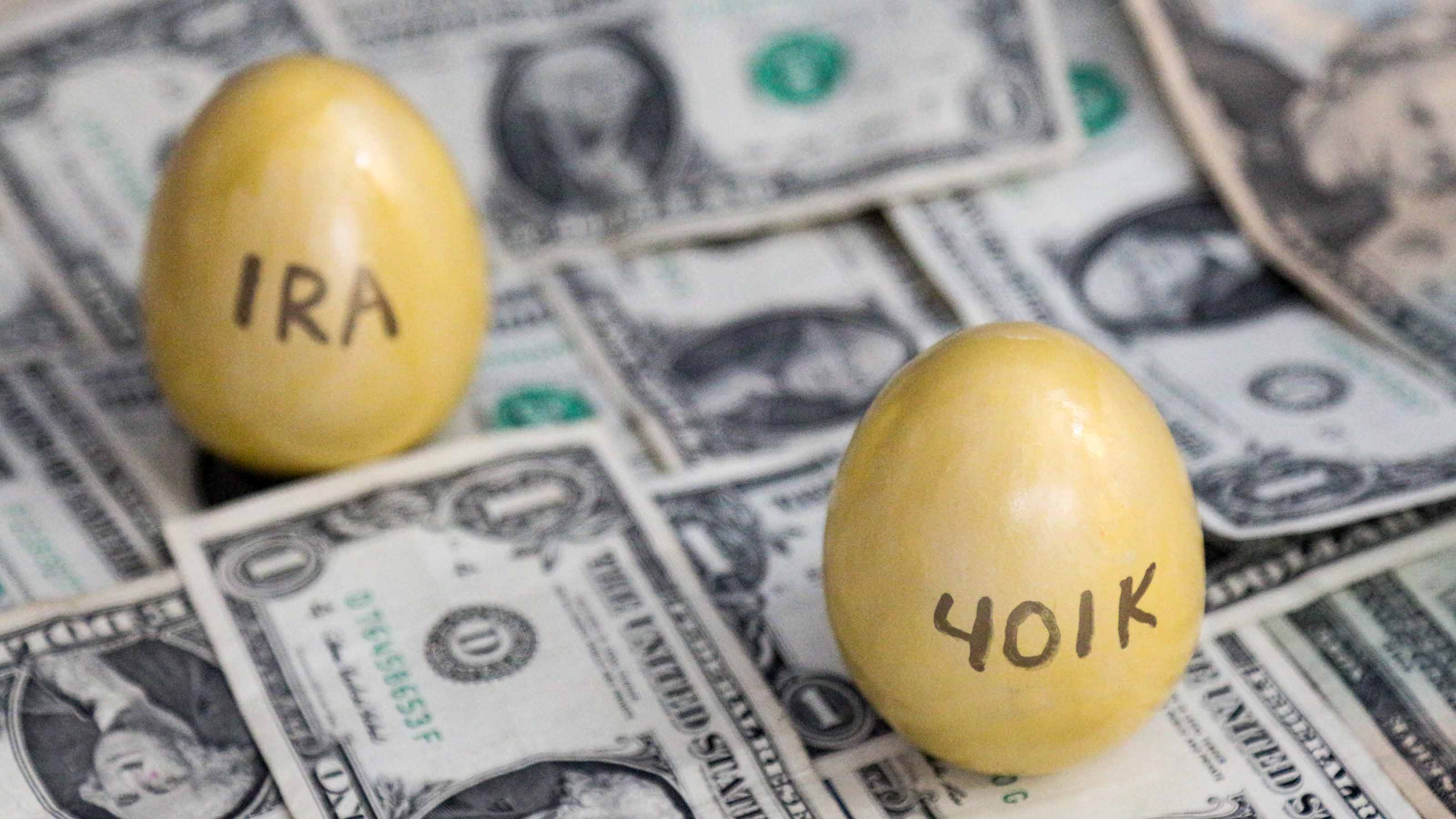Saving for Retirement When You're in the Military
Even if you stay in the service long enough to qualify for the pension, it’s important to save on your own, too. The military offers special benefits to make it easier.


I've been in the Army for 12 years, and I'm hoping to stay long enough to qualify for the pension. What's the best way for me to save for retirement?
Many service members who stay in the military for 20 years can benefit from a valuable pension that can start paying out as soon as they retire -- even if they're much younger than 65. But unlike most civilian pensions, there is no partial vesting under the current retirement system; if you stay for 19 years, you'll get nothing. Most service members don't stay long enough to qualify for the pension, so it's important to save on your own, too.
Even if you do get the pension, it usually covers only 50% or less of your base salary if you retire at 20 years (it’s more if you stay in the service longer). You can use the Department of Defense's military compensation calculators to estimate your pension payouts under several pension systems. The military retirement system is scheduled to change in January 2018 to a new "blended retirement system," which will feature partial vesting. People who joined the service after 2006 will have the choice to stay with the current plan or join the new one. See this FAQ from the Defense Department about the new retirement system for more information.
From just $107.88 $24.99 for Kiplinger Personal Finance
Be a smarter, better informed investor.

Sign up for Kiplinger’s Free Newsletters
Profit and prosper with the best of expert advice on investing, taxes, retirement, personal finance and more - straight to your e-mail.
Profit and prosper with the best of expert advice - straight to your e-mail.
Take advantage of special ways to save while you’re in the military, including low-cost investments and special tax breaks that civilians don't have.
Save in the low-cost Thrift Savings Plan. The TSP is like a 401(k) for federal employees and members of the military, but the fees tend to be much lower than civilian retirement-savings plans (the TSP charges an annual expense ratio of just 0.029% of assets). The TSP lets you choose among five index mutual funds or a target-date fund, which automatically becomes more conservative as your retirement date gets closer. You can generally invest up to $18,000 in the TSP in 2016 (or $24,000 if you’re 50 or older). For more information, see TSP.gov.
Boost your retirement savings while deployed. If you're receiving tax-free income in a combat zone while deployed, you can contribute up to $53,000 to your TSP in 2016 -- a huge opportunity to catch up on your retirement savings. Even if you can't afford to max out your TSP at that level, you may still be able to contribute more than usual because your income will be tax-free while in a combat zone and your take-home pay will be higher. Contribute some of that extra money to your TSP before it's added to your paycheck.
Get a double tax break in a Roth IRA while deployed. You usually contribute after-tax money to a Roth IRA; you can then withdraw the earnings tax-free after age 59½ (you can withdraw contributions tax- and penalty-free at any time). But service members who are receiving tax-free pay in a combat zone get an extra benefit: Their money goes into the Roth tax-free, and their contributions and earnings come out tax-free, too -- a double tax break. You can contribute up to $5,500 to a Roth for 2016 (or $6,500 if you're 50 or older) if your modified adjusted gross income is less than $117,000 if single or $184,000 if married filing jointly in 2016. (You can make a partial Roth contribution if your income doesn’t exceed $132,000 if single or $194,000 if married filing jointly.) If your spouse doesn't work, you can contribute up to the maximum on his or her behalf, too.
Get a 10% guaranteed return on your savings. This is not a scam; it's a special benefit for deployed service members. The military's Savings Deposit Program lets deployed service members invest up to $10,000 in the program each time they are deployed. You receive 10% annual interest, compounded quarterly. The program lasts for up to three months after you return. This program isn't specifically for retirement, but it can be a good way to accumulate extra money you can use for anything -- even to boost your TSP or IRA contributions. See the Savings Deposit Program page at the Defense Finance and Accounting website for more information.
Profit and prosper with the best of Kiplinger's advice on investing, taxes, retirement, personal finance and much more. Delivered daily. Enter your email in the box and click Sign Me Up.

As the "Ask Kim" columnist for Kiplinger's Personal Finance, Lankford receives hundreds of personal finance questions from readers every month. She is the author of Rescue Your Financial Life (McGraw-Hill, 2003), The Insurance Maze: How You Can Save Money on Insurance -- and Still Get the Coverage You Need (Kaplan, 2006), Kiplinger's Ask Kim for Money Smart Solutions (Kaplan, 2007) and The Kiplinger/BBB Personal Finance Guide for Military Families. She is frequently featured as a financial expert on television and radio, including NBC's Today Show, CNN, CNBC and National Public Radio.
-
 Snowbirds: Avoid These 3 Sneaky Insurance Issues
Snowbirds: Avoid These 3 Sneaky Insurance IssuesBefore snowbirds depart for their winter retreat, they should check their insurance coverage for surprises that might arise, or else be on the hook for repairs.
-
 Hang in There With This Value Fund
Hang in There With This Value FundPatience is required for investors in the Dodge & Cox Stock Fund, but its long-term outperformance proves it's worth the wait.
-
 Catch-Up Contributions to Retirement Accounts Boosted By SECURE Act 2.0
Catch-Up Contributions to Retirement Accounts Boosted By SECURE Act 2.0Americans approaching retirement age can now squirrel away more money in IRAs, 401(k)s, and other retirement accounts.
-
 15 States That Tax Military Retirement Pay (and Other States That Don't)
15 States That Tax Military Retirement Pay (and Other States That Don't)retirement Taxes on military retirement pay vary from state-to-state. How generous is your state when it comes to helping retired veterans at tax time?
-
 When RMDs Loom Large, QCDs Offer a Gratifying Tax Break
When RMDs Loom Large, QCDs Offer a Gratifying Tax BreakSend money directly to charity from your traditional IRA, and you won’t owe taxes on the amount you donate. It’s a win-win!
-
 Save More for Retirement in 2023 Thanks to Higher IRA and 401(k) Contribution Limits
Save More for Retirement in 2023 Thanks to Higher IRA and 401(k) Contribution LimitsIf you're saving for retirement, you can contribute a lot more to an IRA, 401(k), or other retirement account in 2023.
-
 Traditional IRA Contribution Limits for 2022
Traditional IRA Contribution Limits for 2022traditional IRA Once again, retirement savers won’t be able to contribute more to traditional IRAs this year, but changes to how they work may be coming.
-
 Trading Options for Your 401(k)
Trading Options for Your 401(k)Employee Benefits About 40% of companies offer self-directed brokerage accounts in their 401(k) plans, giving participants more investing options.
-
 8 Thrift Savings Plan Mistakes: What Not to Do With Your TSP
8 Thrift Savings Plan Mistakes: What Not to Do With Your TSPretirement planning Many federal workers saving for retirement in TSPs get tripped up by these common pitfalls. To help maximize your own savings, make sure you steer clear of these eight mistakes.
-
 Thrift Savings Plan Contribution Limits for 2021
Thrift Savings Plan Contribution Limits for 2021Financial Planning Federal workers and military personnel can save the same amount in their TSP retirement accounts this year as 2020.